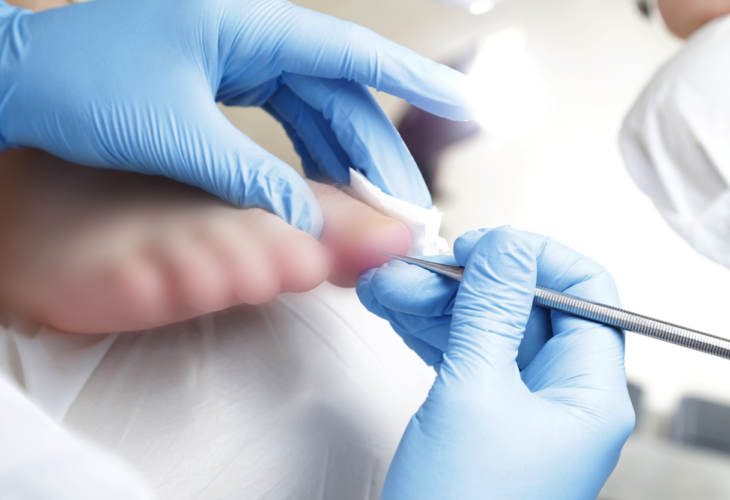Health and Nutrition
How to Treat and Prevent Ingrown Toenails: Causes, Symptoms, and Effective Remedies
What causes ingrown toenails, how to relieve pain and infection at home, and the best ways to prevent them with simple daily habits
 (Photo: shutterstock)
(Photo: shutterstock)An ingrown toenail is a common and painful condition where the edge of the nail grows into the surrounding skin. This can cause swelling, redness, and significant discomfort, and if left untreated, can lead to serious infection.
Symptoms of an Ingrown Toenail
Symptoms can range from mild discomfort to more severe complications:
Pain and Discomfort: Pain is the most common early sign and can worsen with pressure.
Swelling and Redness: The skin around the nail becomes inflamed.
Infection: If untreated, the area may develop pus and emit an unpleasant odor.
Sensitivity: Even light touch can cause sharp pain.
Common Causes of Ingrown Toenails
Improper Nail Trimming: Cutting nails in a rounded shape or leaving sharp corners can cause the nail to grow into the skin.
Tight Shoes: Footwear that squeezes the toes can increase pressure on nails, forcing them to grow inward.
Injuries: Trauma or repeated impact to the toe may disrupt natural nail growth.
Genetics: Some people are predisposed to ingrown nails due to nail shape or toe structure.
Poor Hygiene: Lack of proper foot care can lead to bacterial buildup and infection, encouraging abnormal nail growth.
Treatment Options for Ingrown Toenails
Home Remedies:
Warm Salt Soaks: Soaking the foot in warm water with salt eases pain and reduces swelling.
Gently Lifting the Nail: Using a small piece of cotton to lift the nail can reduce pressure.
Antibiotic Ointments: These help prevent infection in mild cases.
Medical Treatments:
Partial Nail Removal: For severe cases, a doctor may remove part of the nail to relieve pressure.
Antibiotics: Oral antibiotics may be prescribed if an infection develops.
Surgical Options: Chronic or recurring ingrown nails may require a minor surgical procedure to remove the nail root.
Daily Care and Prevention Tips
Trim Nails Properly: Cut nails straight across and avoid rounding the edges.
Wear Proper Footwear: Choose comfortable shoes with enough room for the toes to prevent pressure.
Maintain Good Hygiene: Keep feet clean and nails trimmed to prevent infection.
Avoid Repeated Trauma: Be cautious to avoid injuries to the toenails.
Monitor Regularly: If you have a history of ingrown nails, regularly check your toes and consult a professional when needed.
Ingrown toenails are painful but often preventable with proper care. Paying attention to nail trimming habits, shoe choice, and foot hygiene can greatly reduce your risk. If symptoms worsen or infection develops, it’s important to seek professional medical attention. With the right habits, you can avoid unnecessary discomfort and maintain healthy feet.

